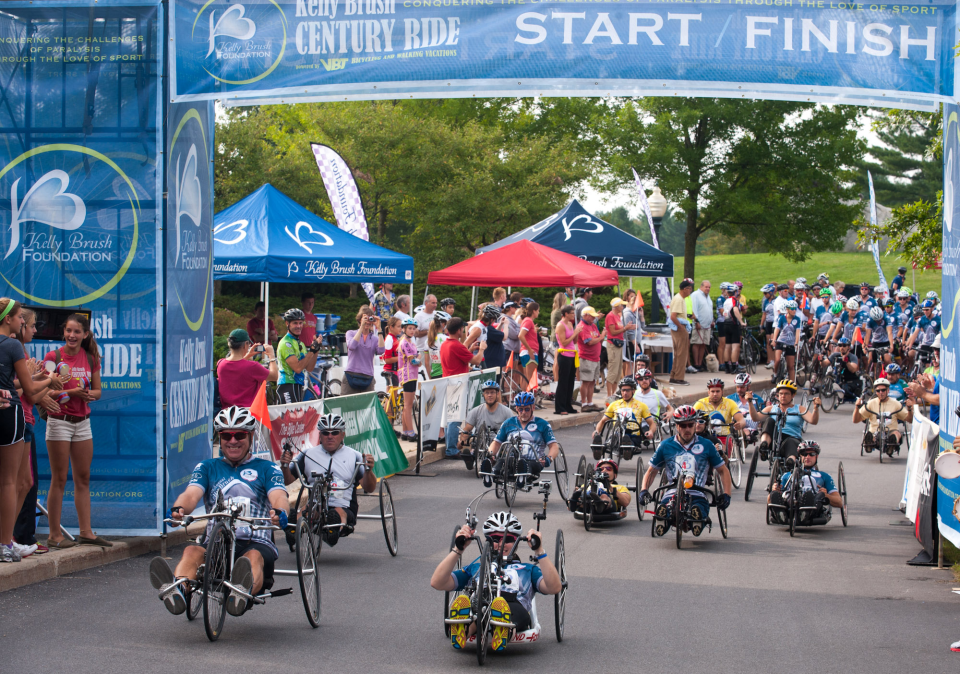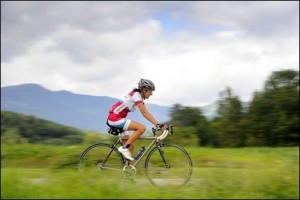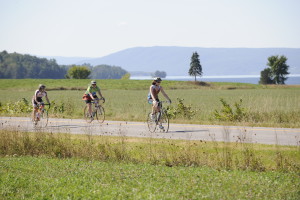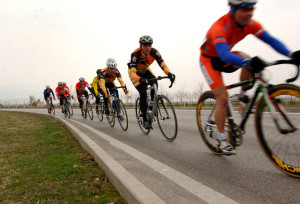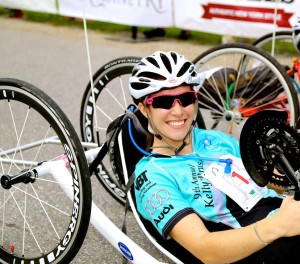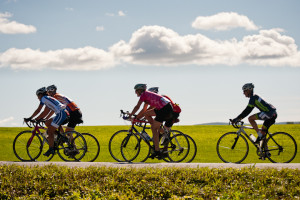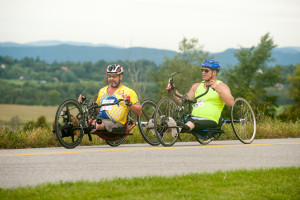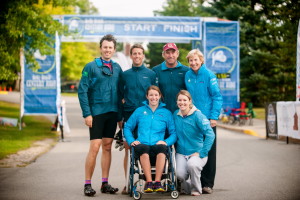I was counseled that a Silent Meditation Retreat is an Endurance event and so it is. Let me compare:
In the days, weeks and months prior to the event, there is periodized training that culminates in show-time. Mentally and physically the upcoming event takes center stage and preparations are made to ensure the best possible performance.
Tapering ignites anxiety and eagerness, doubts and concerns, anticipation of the as yet unknown. Bags are packed, gear or tools are checked and double checked. An endurance athlete may well have run the marathon, raced the ultra distance trails or cycled the century route before, but each time is always a confluence of new conditions.
Then its time to begin. You want to either turn around and run away, or explode over the start line. The gun goes off and you’re in it. There’s no turning back and at this point you really don’t want to. You’re a trained athlete/meditation practitioner so you get right down to it. You find your pace or position. You begin – not too fast at first, not too aggressively – to build your momentum. As an athlete, you kick out that initial anaerobic rush and level off in what will be a sustainable aerobic pace. Meditating, you find stillness, perhaps begin your practice with the help of a guided technique, then settle more deeply into stillness.
But let’s take this analogy to a slightly different place. Lets consider the endurance event, say a timed century (been there/done that-many times) with an entire week of silent meditation and Yin yoga practice (been there/done that as well).
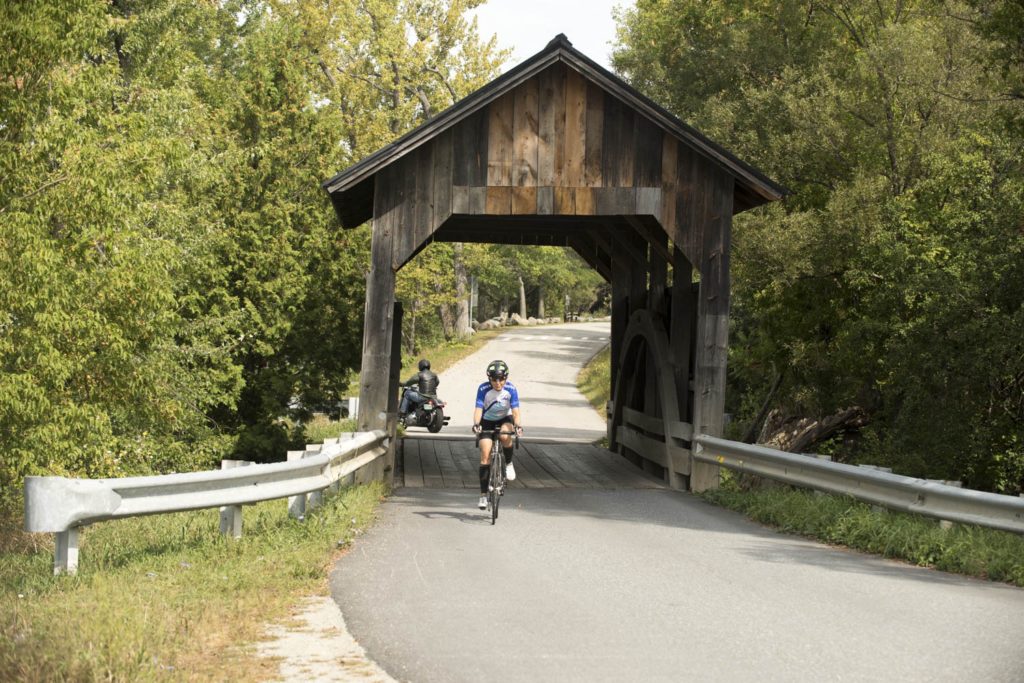
Kelly Brush Ride, Linda Freeman through the covered bridge, Middlebury and Addison County Vermont, September 12, 2015. Photography by Caleb Kenna. Coincidentally, as I write this post, the KB ride is coming up in a few days. It was my first century, and about 6 years later possibly my last and definitely my fastest (over 2 hours faster!). It is a ride and a cause dear to my heart and epitomizes my cycling soul.
Mile 0-10. Ouch. That first hill really hurts. I’m breathing so hard – will I ever catch my breath? Ahhhh, a downhill….
Day .5 -1. OMG this is awful! It is so so hard! What was I thinking to actually choose to do this? What time did you say it was? Day one? Really?
Mile 11-40. OK, I want to push a little harder here. I am determined to better my time and send better stats to my coach. Raise those Watts a bit and lower the HR and continue the drive across the top and into the downhills…. Commit.
Day 2: I don’t think I can do this. I want to go home. I hurt physically and my head is tired from moving so very slowly from minute to minute. Simply waiting for the bowl to sound at the end of each meditation period takes more energy than I possess. This is so truly a friggin’ sufferfest…. But, I did Commit.
Mile 41-60. Are you kidding me? Is that all I’ve done? I’m getting tired! I keep forgetting to drink enough. My butt hurts. My mind is wandering. My right gastroc is threatening to quit on the next climb, maybe today is just not my day…. But, recommit.
Day 3. This is it. If it doesn’t get better soon I can’t guarantee the results. Even my stomach hurts. I decided to fast from the noon meal until breakfast. Maybe that will help. And then – there was small group. It was the turning point. I’m not the only one. Meditation can also mean to “just sit”. Recommit.
Mile 61-80. Just do it. Do not give an inch. Technique, fueling, breath. Do not lose focus. Watch that white line.
Day 4. Just do it. Take hold of what is happening and move forward. Do not entertain doubts or self-criticism. Watch that strip of grass when walking down the path.
Mile 81-90. Rededicate. Power into the climbs. Pass anyone you see ahead. Breathe. Stay centered and calm. Focus on each pedal stroke. This is not the time for an adrenalin rush.
Day 5. Rededicate. Patience. Interest. Awareness. Be not tempted to look to the finish. Continue one moment, one step at a time.
Mile 91-100. The race is won or lost right here, right now. Give it all you have, leave it all on the course. Replace whatever might be frantic with pure, beautiful strength. Dig deep. Then fly.
Day 6. This is it. There is renewed energy and my practice goes deeper, more spiritual, more comfortable yet more demanding. I don’t want to make any mistakes. But wait, that’s wrong. Refocus and give it all I’ve got which might be translated as release, open, but DO be aware of absolutely everything.
Post race: It takes a few minutes, but then there’s the rush; the joy of knowing that I have done my best and that I have indeed bettered my past performance is overwhelming! I personally am sensationally energized after an event. I want to laugh, change out of my sweaty kit into a dress and Birkenstocks, hang out with family or friends in attendance, and finally pack my beloved bike, find some good coffee and enjoy the long drive home alone.
Day 7. After morning meditation, the lifting of silence and the return of our cell phones, it takes a few minutes, but then there’s the realization that I did it!
I can hardly believe that I actually remained silent for the better part of a week. Yet that was the easy part. Oh! The meditation! Those incredibly long minutes were surely equally as strenuous as the most serious climbs on my bike. Yoga practice was a gift. But the meditation. All that thinking and processing and practice and awareness….I want to laugh and talk with my new friends. I want to wear my red threads on my wrist forever. I want to take home everything I can – incorporate meditation in my daily schedule, reclaim those sweet spots of stillness, practice loving kindness – all these grand ideals and down to the pragmatic – what was that amazing natural cleaner I used when I did my work chores and what cookbooks did Steve and Tim suggest?
Take home: For the athlete and the meditation practitioner – what we do, even once, we DO own. That experience can never be taken from us. How we use that, and what we choose to do next, is up to us.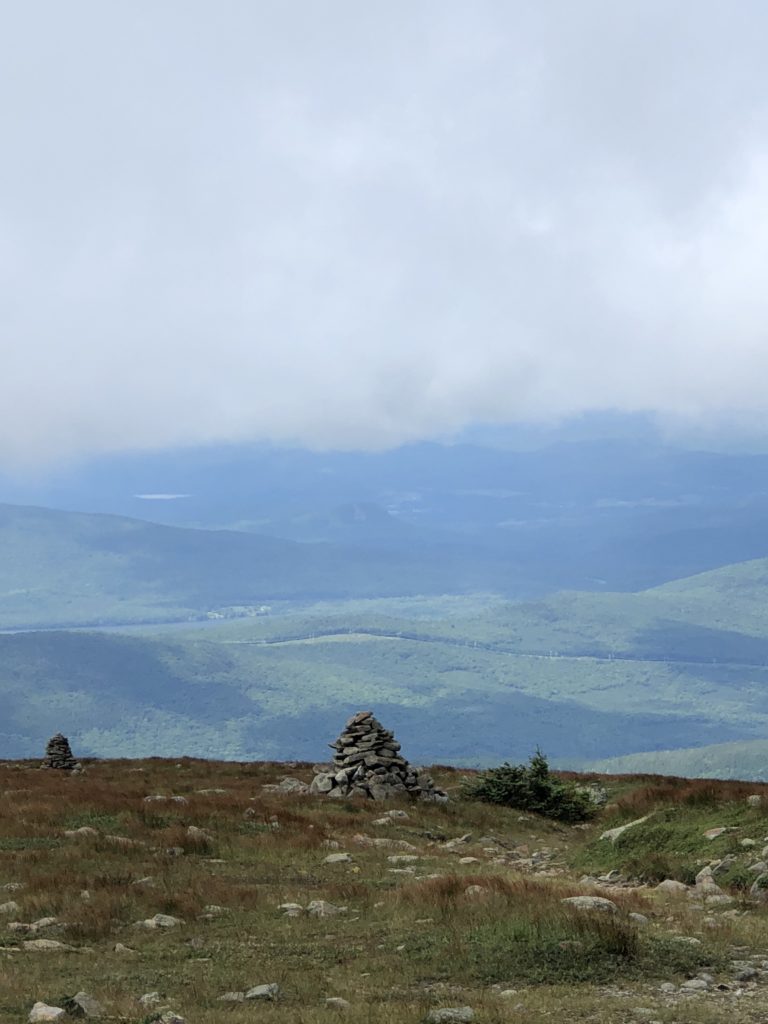 Mt. Moosilauke, 4802′, NH. 2018
Mt. Moosilauke, 4802′, NH. 2018

